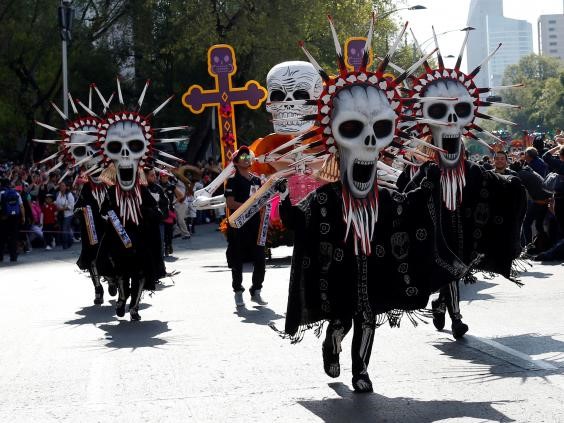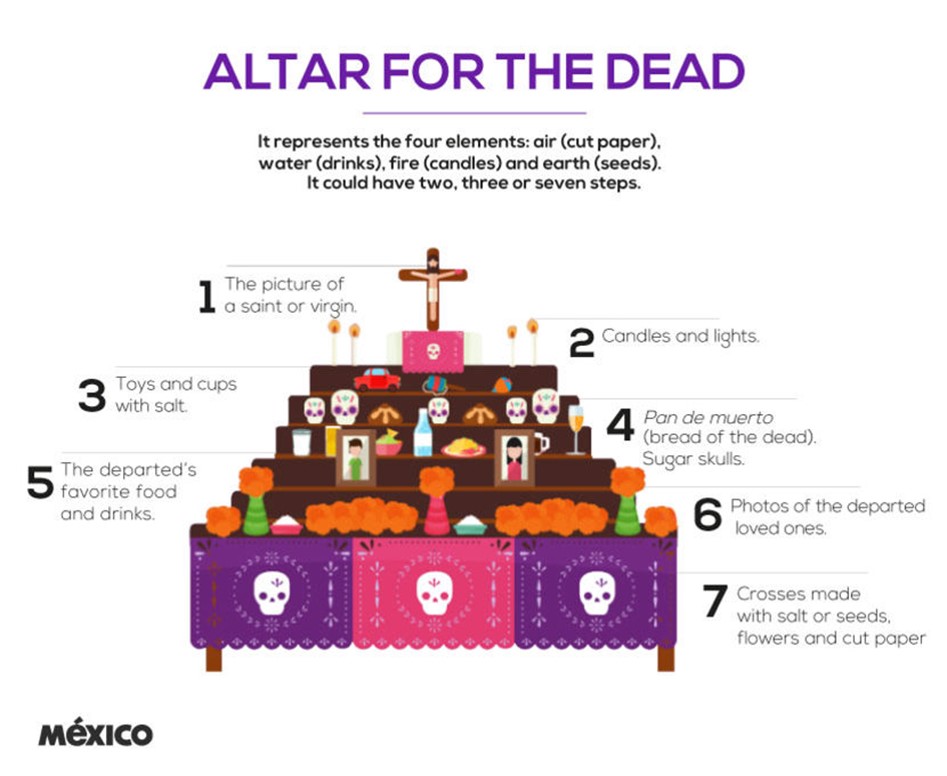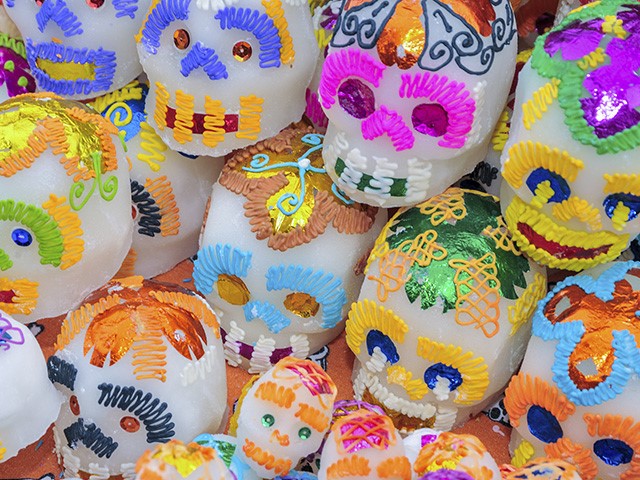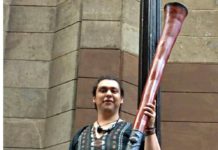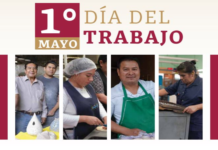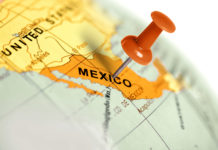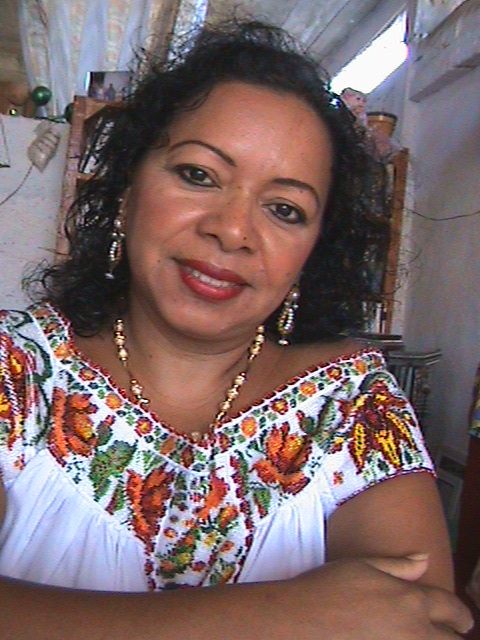Rather Than Halloween, “Día de Los Muertos” is a Mexican Tradition
By: Ricardo Zozaya at Instituto Lizardi High School in Zihuatanejo, Guerrero*
Día de Los Muertos (Day of the Dead) is a Mexican tradition celebrated in some places of the Americas that combines ancient Indigenous traditions and modern fanfare. It takes place between October 31st and November 2nd. Mexico probably has the most spectacular festivals of this tradition.
The Altar of the Dead
The altar of the dead is a fundamental element in the celebration of the Day of the Dead. The bereaved have the belief that the spirits of their deceased return from the world of the dead to live with the family that day and comfort them for their loss. Bread is one of the most important items on every altar.
Crafts and Food Play a Very Important Role
Sweets and candy skulls are traditionally intended for the souls of departed children, who return to earth in the late afternoon of October 31st. Day of the Dead Bread is decorated with strips of dough that represent human bones. Another traditional dish is the calabaza en tacha, cooked squash sweetened with cinnamon and brown sugar.
The celebration on November 2nd begins with the bells of the church, accompanied by some rites, such as the creation of the altar of the dead. It is believed that the flowers, the prayers, and the different symbols that accompany the day help the souls to return to earth to comfort their loved ones. Relatives are an active part of this ceremony, supporting the traveler and paying tribute.
On the afternoon of November 2nd, the festivities are taken to the cemetery. People clean tombs, play cards, listen to the village band, and reminisce about their loved ones. Tradition keeps the village close. Day of the Dead is becoming very popular in the United States, maybe because they do not have a holiday to celebrate and honor their dead.
Is it a Frightening Tradition?
Foreigners may think the Day of the Dead is a frightening tradition, but that is not the intention. Despite skulls and macabre dresses, Mexicans tend to see the humor in death and firmly believe that death is something that is celebrated in a living way, and we should not be afraid of it.
Editor’s Note: The youth are our future. This article is the result of an English writing class taught by this editor at Instituto Lizardi in Zihuatanejo, Guerrero. Ricardo was a graduating student and is now a published writer!
Reference Sources:
1) Samuels, Gabriel . (2016). Day of the Dead 2016: Five things you didn’t know about Mexico’s Dia de Muertos. 10/13/17, from Independent Website: http://www.independent.co.uk/news/world/americas/day-of-the-dead-2016-google-doodle-mexico-dia-de-muertos-five-facts-you-didnt-know-a7393926.html
2) Mader, Ron. (2017). Celebrating Day of the Dead in Mexico. 10/13/17, from Planeta.com Website: http://planeta.com/mexico-muertos/
3) Denis, Patricia. Hermida, Andrés. Méndez, Javier. (2012). El altar de muertos: origen y significado en México. 13/10/17, from Ciencia y el hombre Website: https://www.uv.mx/cienciahombre/revistae/vol25num1/articulos/altar/
4) Origoni, Yannella. (2015). Día de los muertos: su historia y simbolismo. 10/13/17, from Universia México Website: http://noticias.universia.net.mx/portada/noticia/2015/10/30/1133057/dia-muertos-historia-simbolismo.html
5) Villalba, Angela. (2017). Day of the Dead & the Sugar Skull Tradition. 26/10/17, from MexicanSugarSkull.com Website: https://www.mexicansugarskull.com/support/dodhistory.html

